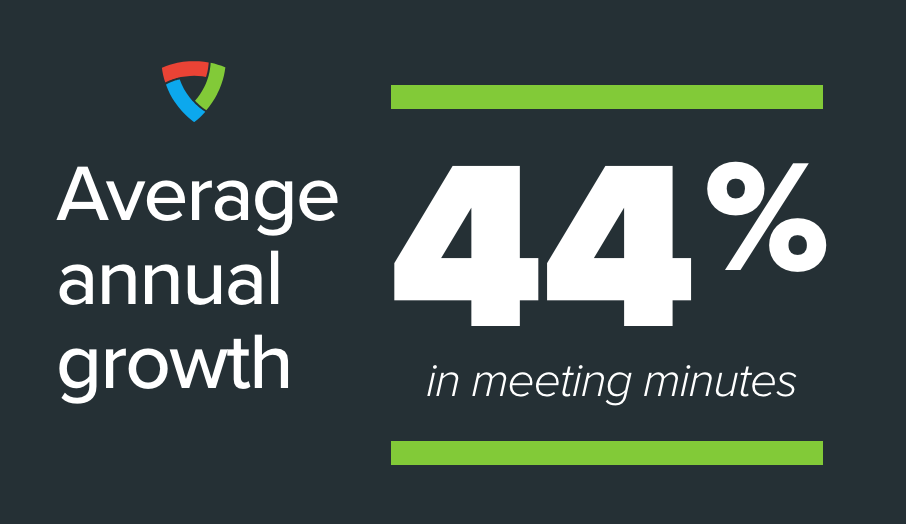There is a simple truth that many organizations with UC and video collaboration have started to realize. You can’t make smart decisions without intelligence. I know, it’s a bit too “on the nose” but I can back up this statement with a few thought-provoking points to clarify:
How does a marketing team know how to bring in leads without wasting money on useless campaigns? Analytics. How do sales teams know how to shorten the sales cycle and close more deals in the pipeline? Analytics. How does customer success / support track and close more cases and improve customer renewal rate? Analytics. How does your IT department improve user experience, drive better adoption and prove ROI of unified communications and collaboration technology? Easy… Collaboration analytics.
It’s Time Collaboration Professionals Embraced Analytics
Everyone, from the video infrastructure engineer to the IT business analyst to the CIO, should have access to collaboration analytics, because buried within the data are key insights that can benefit the entire organization.
#1 Analytics Make Managers Smarter
We’ve said it before, “you can’t manage what you don’t measure”, so how is it that IT managers do their jobs in organizations with large multi-vendor UC and video networks?
Big unified communications investments don’t stop after that first big deployment. Much of IT’s time becomes invested in network management, quality assurance, troubleshooting, usage and adoption rates, future UC planning and strategy.
As time goes on, IT learns to give the users what they want, and usually that means collaboration environments become multi-vendor Frankensteins with users on software clients, hardware, mobile, desktop, tablets etc.. IT managers with collaboration analytics have a few things that the others don’t that make them smarter managers:
- Real-time visibility and monitoring of users, meetings and endpoints from a single intuitive dashboard.
- Video collaboration usage and adoption trend analysis for the entire organization or individual business units.
- Capacity peaks and trends for better quality. The ability to avoid video conference call outages and bad quality.
- Analysis that quickly points to underutilized equipment, so managers can make informed decisions about their video investment.
#2 Analytics Make Support Teams Smarter
Real-time collaboration analytics are essential to an IT firefighter’s tool belt. When an issue arises and IT receives the call requesting support for a video meeting or endpoint, they can pull up the dashboard, pinpoint the source and make a decision to resolve the issue quickly. To elaborate a little more on some of the capabilities of real-time monitoring for IT there’s:
- Call quality in real time – view jitter, frame rate, resolution, and packet loss as the call is happening.
- Alerts – receive an automatic notification when you’re about to reach a capacity threshold or if a system goes down.
#3 Analytics Make UC Architects Smarter
How do you track utilization? Without analytics, you have no way of measuring your environment’s utilization. For the UC architect, this is huge, because utilization is an insight that can determine UC strategy for the quarter or second half – you name it.
In the past, we’ve seen video administrators deploy vAnalytics and discover underutilized systems right away. Combined with utilization trends and historical data the team had the insights they need to optimize their network, redeploy underutilized equipment in their environment and ultimately improve return on video investment.
Knowledge is Power
Collaboration analytics make people in your organization smarter, but effectiveness depends entirely on how they use the insight to make an impact. Arm yourself with the tools to make you smarter and then use the insights to make communication better in your organization. It’s a simple, but truthful high-level statement, and it’s what successful companies with UC implementation live by.
To see what kind of unified communications and collaboration analytics are available to your team, check out our guided tour.






